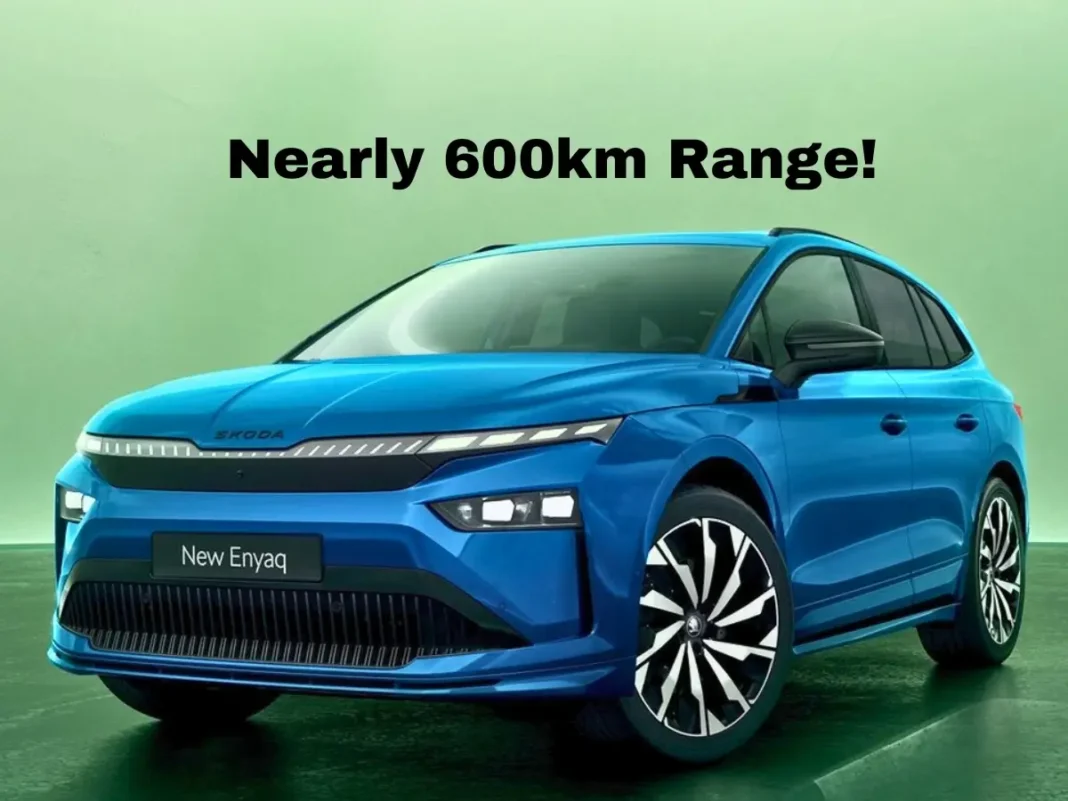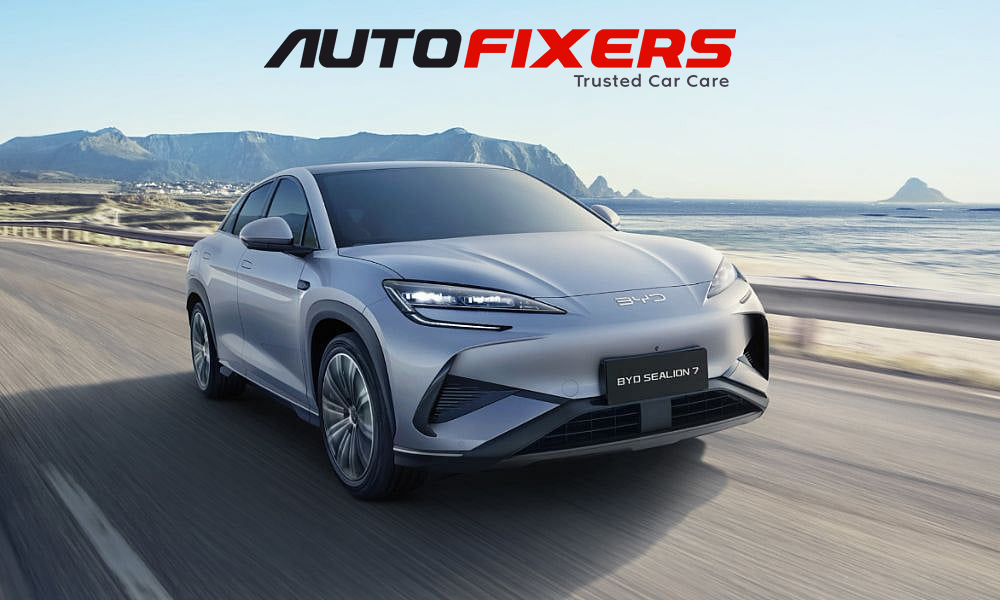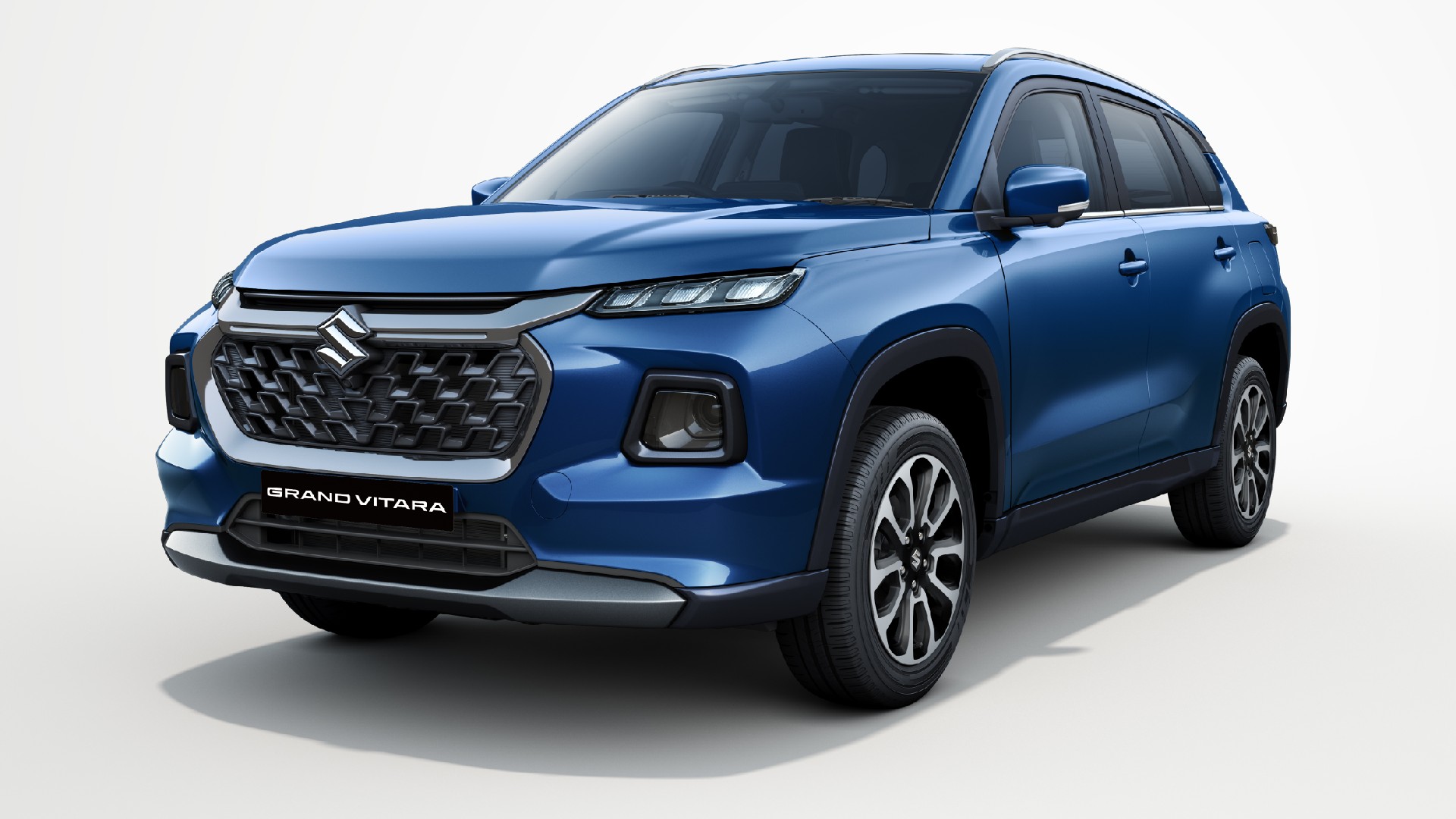
Originally launched in India in 2013, the Kawasaki Ninja 300 has remained largely unchanged over the years, having only adapted to meet updated safety and emissions standards. Although this model has been discontinued in many international markets, Kawasaki India has revitalized it with a visual update for 2025. After twelve years, is the Ninja 300 still a worthy option? Let’s explore the reasons to consider buying it.
1. Twin Cylinder Engine
Screamer 2-Cylinder Engine Thrills Like No Single Can
Kawasaki’s 296cc parallel-twin engine is a remarkable piece of engineering, revving up to an exhilarating 13,000rpm. Generating 39hp, it offers swift acceleration without being overwhelming, allowing riders to fully enjoy the engine’s capabilities. This powerplant is not only smooth in operation but emits a delightful sound, delivering a riding experience that far surpasses that of single-cylinder engines. Additionally, the engine’s tractability makes it easy to navigate urban traffic.
2. Still a Stylish Sportbike
Now with New ZX-6R Style Headlight

The Ninja 300 has always been an attractive motorcycle, a fact that remains true today. For 2025, Kawasaki has equipped the bike with new projector LED headlights reminiscent of the previous-gen ZX-6R, enhancing its visual appeal.
3. Comfy to Ride
Relaxed Riding Position and a Low Seat
While the Ninja 300 showcases the aesthetics of a sportbike, it offers a comfortable and fairly upright riding position. The slight forward lean towards the high-set clip-on handlebars is manageable, making it suitable for everyday use. With a seat height of just 785mm, the bike is accessible for shorter riders, although taller individuals may find it a bit cramped. A spacious 17-liter fuel tank also adds to its practicality for long-distance rides.
4. Most Affordable Twin Cylinder Sportbike
Its Price is Not Far from the KTM RC 390

Fun fact: when the Kawasaki Ninja 300 was first introduced in India back in 2013, its price was Rs 3.5 lakh ex-showroom. Today, it retails for Rs 3.43 lakh ex-showroom, thanks to the localization of multiple parts. This pricing makes the Ninja 300 only about Rs 20,000 more expensive than the KTM RC 390 and approximately Rs 20,000 less than the Yamaha R3, which has recently seen a significant price reduction. This positioning makes it the most affordable twin-cylinder sportbike in the country, with reduced spare parts costs that were previously a concern, although service costs remain higher compared to KTM’s offerings.
The Two Reasons Not to Buy This Bike
1. A Thirteen Year Old Motorcycle
The Competition Has Moved On

While the Kawasaki Ninja 300 maintains its charm, it’s clear that its competitors have advanced significantly. Not only do they offer modern features like TFT displays, traction control, and quick shifters, but they also outshine the Ninja 300 in terms of overall performance. Kawasaki’s Ninja 500 competes more effectively against models such as the Aprilia RS 457, Yamaha R3, and KTM RC 390, but its price of Rs 5.29 lakh (ex-showroom) is too steep for many potential buyers, making the Ninja 300 more appealing.
2. The Yamaha R3
A Newer, Faster Japanese Bike for a Similar Price
Though the Yamaha R3 is also considered an older model, it has received more updates compared to the Kawasaki over the years and offers quicker performance. For those in the market for a fast twin-cylinder Japanese motorcycle, the recently reduced price of Rs 3.6 lakh (ex-showroom) for the Yamaha R3 is likely to be hard to pass up.





